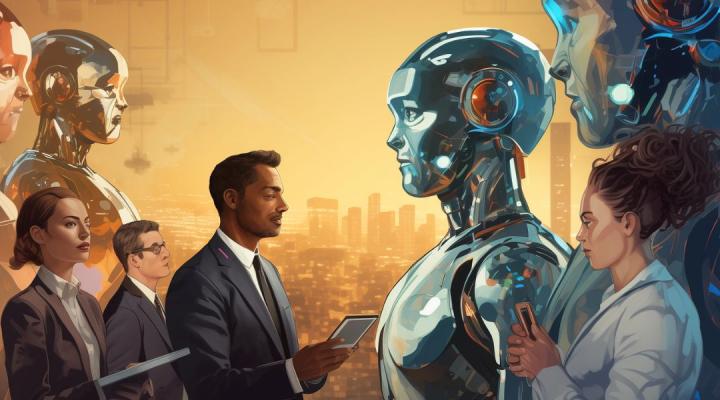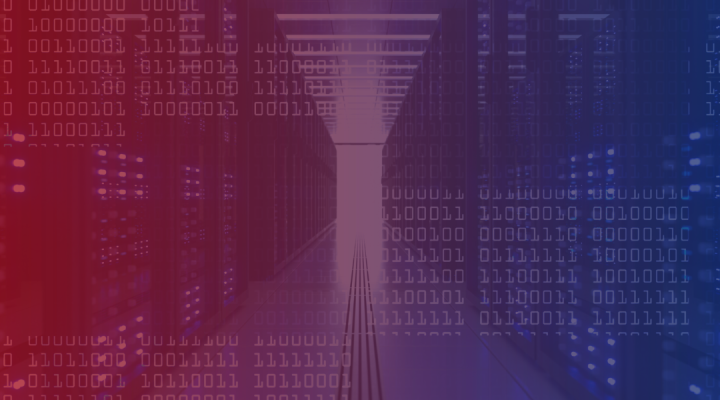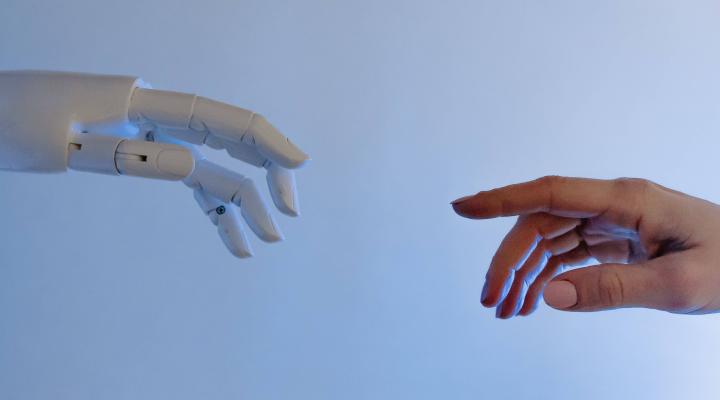Understanding Media Business Models in the Digital Age
Does generative AI promise an adrenaline shot to human creativity - or an existential threat? From art to games to TV, AI is re-slicing how we create, produce, distribute, consume or monetise content - and even who owns it in the first place.
As 2022 draws to a close there has been a surge in publicly available generative AI tools at scale - with new names emerging every day, like Dalle E, Stable Diffusion, Midjourney, Clip Drop, the search engine LexicaArt and 100 more.
Through deep learning (generative adversarial networks) AI tools turn simple prompts into pages of text, or images, music and even video - and millions of users are getting to grips with their extraordinary facility. As the recent $101 million investment into London-based Stability AI demonstrated, these tools are not just for fun. They are like the steam engine in the industrial revolution; redefining the industry itself.
'Whatever your question, the answer is AI', said Demis Hassabis, co-founder of Google-owned AI research company, DeepMind. His company built AI agent AlphaZero, which became one of the best chess players in history, from scratch, in four hours. In media, similar computational genius is becoming available to any content creator who just needs an instant shot of sunset in the desert for a Powerpoint pitch. A Miami chef used AI to perfect his menus: in go the dish elements, out come pictures of how to plate them up.
When I gave Midjourney the prompt - ‘An adrenaline shot to human creativity’ - this is the arresting picture it created. Or take a closer look at any of the pictures in the banner image of this piece derived from the following eccentric, surreal and amusing prompts -
- ‘A movie poster for an alien attack on the Glastonbury Festival.’
- 'A Kandinsky of a Deliveroo rider.’
- ’Paddington Bear at a rap gig’?
- ‘Cheeses attending an office away day?'
In fact pick any subject - however fantastical - in any style, and you have an instant image.
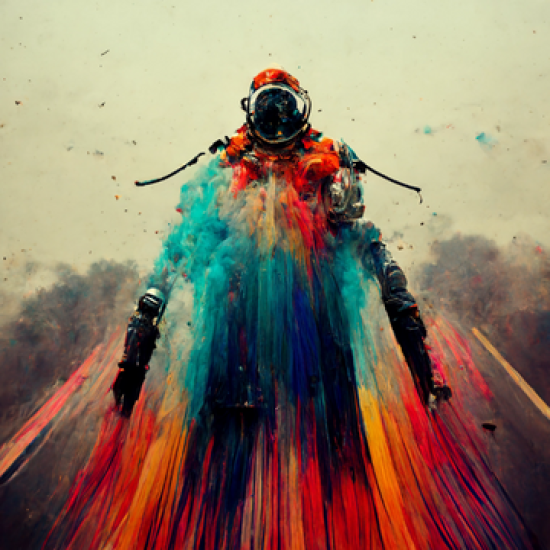
Over the past 25 years as a creator I have been immersed in the constantly-evolving media/entertainment landscape. As an academic, I am aiming to equip students with the tools and knowledge they need to operate in this field. That's getting harder, as the sheer pace of evolution speeds up. Thanks to AI, a reinvention of media verticals is underway, meaning the traditional textbook constructs of an industry built on newsprint and cable TV are redundant. So wearing both my hats, I decided to write a textbook remapping this media revolution - Media Management and Artificial Intelligence: Understanding Media Business Models in the Digital Age.
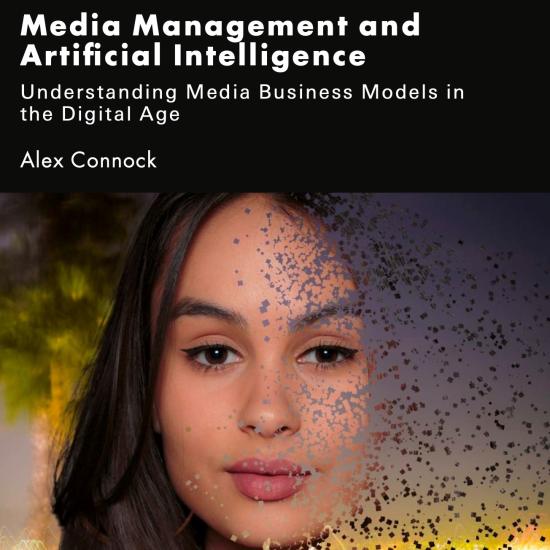
Here is an introduction to some of the challenges the media poses.
First - which companies dominate the sector? Today the biggest players aren’t original media companies at all - they are Netflix (streaming), Spotify (music streaming), NVIDIA (games chips), Apple (devices, streaming), Amazon (film and games streaming), Microsoft (games). And what they all have in common is AI.
Second - who actually creates media? AI systems are not replacing human artists - quite yet. But they are ripping them off. Artist Greg Rutkowski is currently the most imitated, and he’s unhappy his works are used as copyright-free training datasets for new pictures. AI changes the bargain between artist and audience. Picasso said: 'good artists copy, great artists steal.' That view prefigured the debate around AI and creativity. Some in the field of 'computational creativity' have challenged the idea that only biological entities (humans) could create great content, rather than AI-driven ones. (The idea that only humans can be creative has been called 'carbon fascism.')
Third - who owns media? Identifying the author of content is more challenging still when an algorithm is trained on a public dataset of a million faces, or every comment ever made on Reddit. The act of media re-creation has a new crucial production skill, the ‘prompt’; what instructions you are giving the machine. My colleagues at the Oxford Internet Institute describe a future of classics 'divided between those written only by humans and those written collaboratively, by humans and some software, or maybe just by software. It may be necessary to update the rules for the Pulitzer Prize and the Nobel Prize in literature.' [i]
There are many striking examples of these changes.
- AI can design realistic people - Metahumans. It really works. Here are images of an old bearded man at the bar of a traditional Irish country pub, 'photorealistic' - made by simple word prompts on Stable Diffusion in 15 seconds. In advertising, tools can age synthetic humans automatically, or change their ethnicity, or make a wide range of other changes. Many of these things are possible with standard game design products like Epic's Unreal Engine 5.
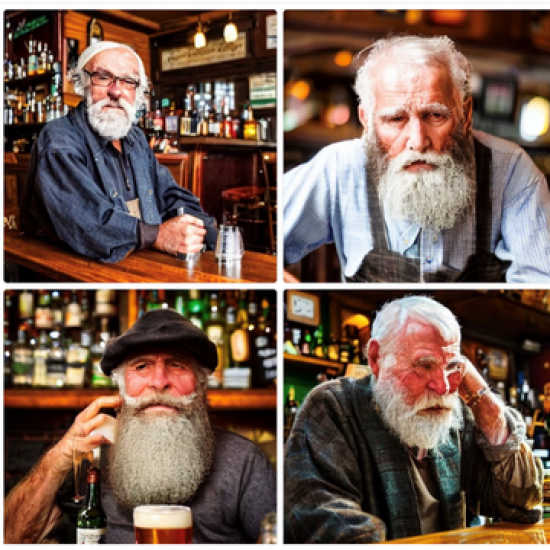
- Synthetic faces are also more trusted by consumers than real ones. Researchers in Lancaster University and University of California looked at 'weaponised,' AI-created images in disinformation. They found they 'have passed through the uncanny valley,' and are both indistinguishable from, and more trustworthy than actual people. [ii] Social media company Meta collaborated with Michigan State University to create a way of reverse-engineering deepfakes, to 'reveal identifying characteristics of the machine learning model that created it.'
- AI-created synthetic faces were also found by a Stanford University study in March 2022 being used at scale for LinkedIn marketing - outward-bound bots deployed by lead generation agencies, even without the knowledge of the firms hiring them. LinkedIn removed 15 million fake accounts in the first six months of 2021 alone.
- Synthetic voices are used to automatically revoice podcasts into 119 other languages, or add statements that the guests did not say in the studio recording or documentary - famously lines of speech from the deceased chef Anthony Bourdain. Actors’ unions are already complaining that they are losing voice over work and that their voices have been used to create new lines of speech which they have never said.
- AI can now explain why jokes are funny - a breakthrough in natural language processing (NLP) achieved by Google’s Pathway Language Model.
- AI has revolutionised photography and design. Graphics chip-maker NVIDIA’s 2022 Instant NeRF uses a neural network to turn off-the-cuff still photos into a three dimensional, fly-through video.
As AI is integrated into the fabric of media production and distribution, there is a 'tango' between system and human to create optimal outcomes and experience. Combined human and AI insights produce leaps of creativity which neither can achieve alone. As one official involved with the UK’s Artificial Intelligence development says: 'The magic happens when you crash the technology into domain specific expertise.'
And of course there is another advantage of AI. As my Saïd Business School colleague Dr Jason Bell observes: 'Computers don’t get embarrassed. They can do uninhibited ideation. They can work all night.'
So what’s coming next? An executive in charge of innovation at one of the world’s leading computing firms says, it’s the exponential power lift of quantum: 'Quantum computers will see through the walls - and be truly creative.' If I do a second edition, that will need to be in there.
Dr Alex Connock teaches the MBA Media, Arts & Entertainment module at Saïd Business School and is one of the founding co-directors of the Diploma in Artificial Intelligence for Business.
His book - Media Management and Artificial Intelligence: Understanding Media Business Models in the Digital Age - has been published by Routledge.
References
[i] Floridi L & Chiriatti M (2020) GPT-3: Its Nature, Scope, Limits, and Consequences
[ii] Nightingale S & Farid H (2022) AI-synthesized faces are indistinguishable from real faces and more trustworthy


